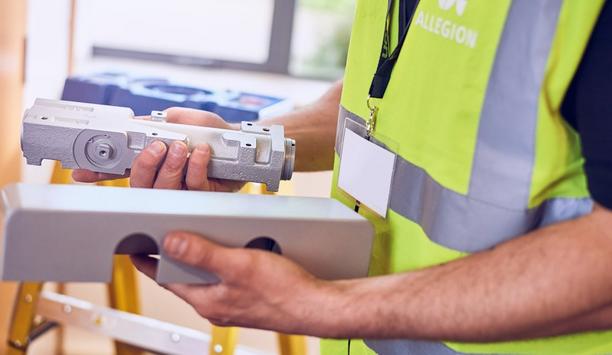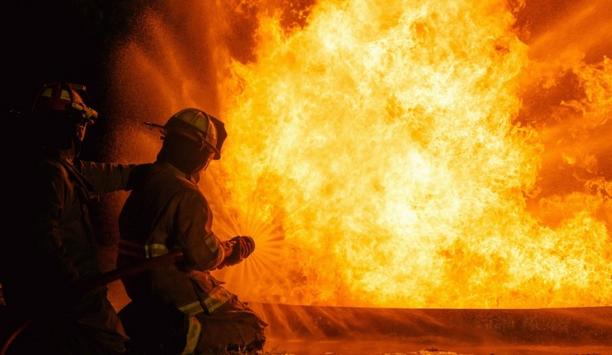Fire emergencies can truly strike without warning, making proper emergency exit planning important for any workplace. No doubt fires are completely unpredictable and preparedness can make the difference between life and death, besides preventing major damage to property and business operations.
In manufacturing plants where heavy machinery, flammable materials and electrical hazards are present, a well thought out fire safety strategy is really important. In this guide, people can learn everything about emergency exit planning importance.
Why is emergency exit planning so important?
Without an emergency exit plan, there can be severe consequences like loss of life
Firstly, people need to know that fire safety goes way beyond just a legal requirement. It’s a moral and a practical necessity. Without an emergency exit plan, there can be severe consequences like loss of life. Fire spreads rapidly and without clear exit strategies, employees can become trapped.
Smoke inhalation burns and panic-related accidents can happen. Furthermore, fire can also destroy machinery inventory and infrastructure, leading to costly repairs.
A fire incident can halt production causing revenue loss and computational damage. The National Fire Protection Association (NFPA) reports that manufacturing industries account for at least 11% of all workplace fires.
Some of the main elements of an effective emergency exit plan:
- Every building must have multiple exits strategically planned to allow quick evacuation. Exit signs must be illuminated and visible even in low light conditions. Pathways to exits must remain clear of obstructions or other things to prevent delays during emergencies.
- Smoke detectors and fire alarms could be strategically installed throughout the facility. Regular maintenance and testing ensured that they function well. Alarm systems should connect to emergency services for swift response.
- Sprinklers and fire extinguishers must be installed at key locations in your property. Employees should be well trained in using fire extinguishers to control small fires. In case of high risk areas, automated suppression systems like gas or foam based fire suppression might be required.
- Conduct regular fire drills to ensure there are employees who know how to escape the routes. Property owners and managers should train the employees on how to handle different types of fire hazards. They should assign fire wardens responsible for guiding evacuations.
- It’s very important to store flammable substances in designated well ventilated areas and use fire resistant containers to minimize risks. Maintain material safety data sheets to inform the workers about hazardous materials.
- Use fire resistant walls and of course insulation to contain potential fires. Just install fireproof barriers between the high risk areas and ensure electrical wiring is up to the code to prevent electrical fires.
- Always work with local fire departments to conduct inspections and get expert advice. Always establish a right emergency communication plan with the first responder.
Common fire safety mistakes to avoid
Employees must be familiar with exit strategies to prevent confusion in real emergencies
Even with fire safety measures in place, common mistakes can truly compromise emergency preparedness. Never store materials or equipment in front of exit doors. Employees must be familiar with exit strategies to prevent confusion in real emergencies.
Furthermore, a broken alarm system can delay response and worsen fire damage, so there should be no faulty fire alarm. If workers don’t know how to react, the risk of injury increases, so insufficient training can also be risky.
The fire extinguishers and sprinklers need inspections to remain functional, so property managers should not avoid maintenance or fire equipment.
How to improve a workplace fire safety plan?
There is a need to update emergency exit plans and train the employees frequently. Always use fireproof doors, coatings and insulations to prevent fire spread. Place the fire extinguishers within easy reach and train the workers on proper usage. In case of power failure, emergency lights guide employees to exits. Regular audits by professionals can help identify weakness in a fire safety plan.
So above all, it is important to know that manufacturing plants and workplaces need to proactively prepare for fire emergencies by implementing comprehensive fire safety solutions. By following the best practices for emergency exit planning, property managers can reduce the fire risk, protect the employees and assets, and also reduce the downtime after an emergency.
If the fire safety plan is not updated, now is the time for it. It is important to always have a right plan in place to reduce emergency chances.















